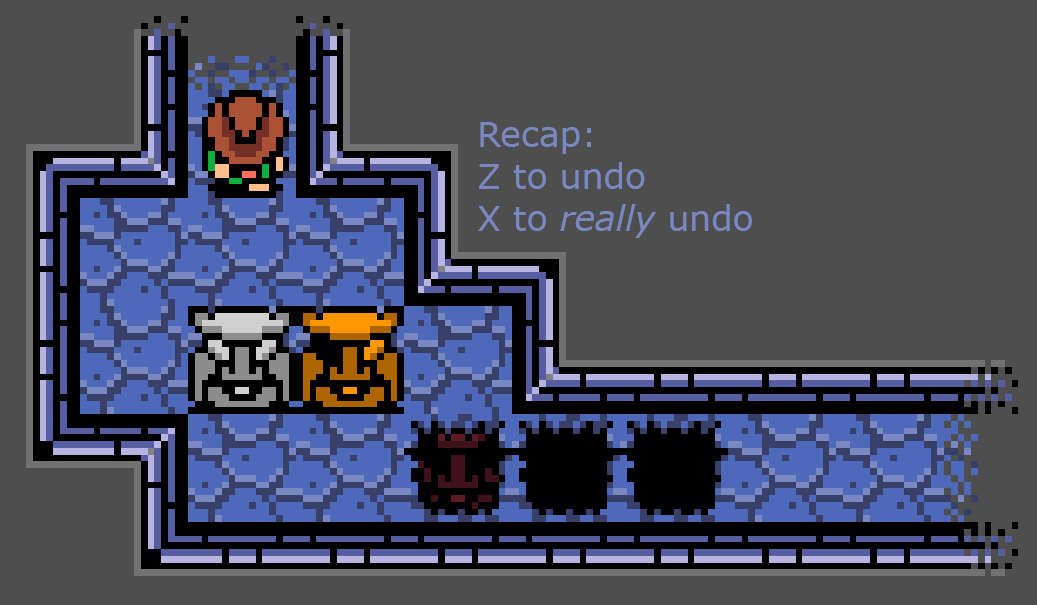Most models of time travel have a subtle but fatal flaw: the timeline changes with respect to time. The timeline might start as a straight line, then develop a fold when someone travels back in time, then a second fold when someone else travels to try and prevent the first travel, which might lead to the first fold disappearing, etc. So, which one is the real timeline? Does only the last one count? That can’t be it, since the shape of the last timeline is influenced by the previous timelines. Wait, what does previous mean when we are talking about timelines? Models based on eternalism, like the Closed Timelike Curve model, don’t have this problem: there’s a single, immutable timeline, and all folds are already there from the start. The price to pay for this solution is the past or future can’t be changed, even when interacting with them. And, of course, we lose all the fun of multiple timelines and paradoxes. How can we preserve these fun paradox shenanigans while having a formal model in which everything is well-defined?
The solution is so natural and obvious that we rarely notice it’s even needed. Suppose we’re reading a book:
- on page 1, one morning, someone decides to get some ice cream
- on page 2, at noon, they buy and eat an ice cream
- on page 3, during the afternoon, they get an upset stomach due to the ice cream
- on page 4, that night, they travel back to the morning and prevent their past self from getting that ice cream.
This is a pretty straightforward time travel story. We have an intuitive sense of the events: the reunion of page 4 happens both before and after noon, but we don’t see this as particularly problematic (even though it is!). Why? Because we are understanding the story in terms of a linear, unchanging, temporal reference frame: the page numbers! We can talk about the first and second mornings since one happens 3 pages earlier than the other. As much as the in-universe timeline gets distorted & changed, the page numbers (or the film’s runtime, or the computer’s clock) gives us the grounding to apply our usual mechanisms of thinking about time & ordering. In other words, we understand the in-universe timeline as another object, changing with respect to the actual time. This is why Primer is more confusing than most time travel stories: the non-linear storytelling removes the usual reference frame.
Now, let’s say that after finishing the book, we jump back to a random page and start rewriting from there a new version of the story. No amount of in-book time traveling can prevent our actions: we are messing with the real timeline, the page number. If we track these modifications, creating a collection of all the different versions of the book (each one created by taking the previous and rewriting everything after some point), we end up with a meta-story about how the real timeline of the page numbers is distorted. In other words, we are back to the starting problem (the real timeline chaging with respect to time), but we can apply the same solution: different events might happen in both versions of page 4, but one happens in Book 1.0 and the other in Book 2.0; it turns out the real timeline of page numbers, while being more real than the story’s timeline, is less real than the version number timeline. These shenanigans have no end: every time we mess around with the most ‘real’ timeline, there’s an unaffected, linear, timeline in which we can track the order in which we have messed around.
This is a really powerful and general model. Any other time travel model can be seen in terms of this one, and it’s often useful to do so to keep track of how timelines change and evolve. It maps well to how we think about time travel: even when a story’s events are overwritten and rearranged, the order in which we learn of these modifications is well-defined and immutable. My only gripe with this model is that representing the full timelines requires an unbounded number of dimensions, which can quickly get unwieldy.
Anyway, here are some games that explore this model:
Tres Undos by knexator
There’s a common complaint about Spicy Undo games: they lack a real undo! If there are objects immune to undo, moving them wrong means having to reset the whole level. The natural solution is to add another layer of undo; wouldn’t it be fun, though, if there were objects that also resisted this extra layer of undo? This short block pusher examines this cursed territory. Highly recommended (I might be biased on this one)
